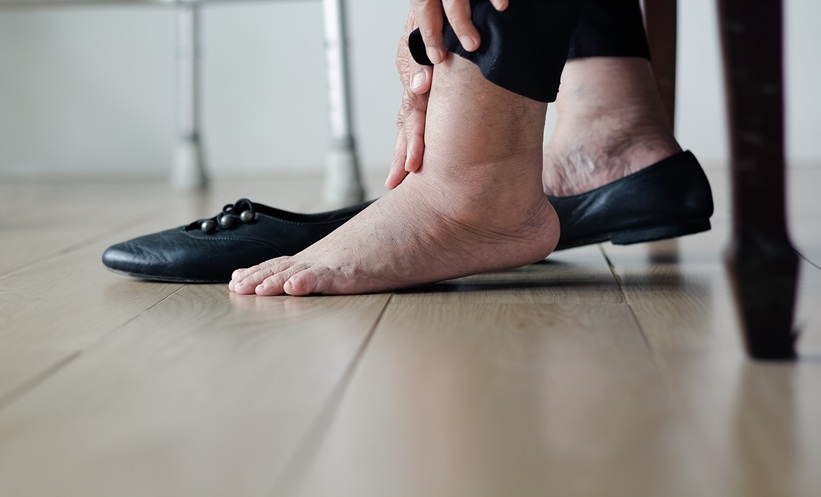HYPERBARIC oxygen therapy (HBOT) shows the highest effectiveness in improving diabetic foot ulcer (DFU) healing and area reduction, although it may increase the risk of amputation.
DFU represent a complex and costly healthcare issue, often leading to severe complications and even limb loss. Gas therapy, particularly hyperbaric oxygen therapy, has emerged as a potential intervention, yet the comparative effectiveness of different gaseous treatments remains unclear. This study assessed the relative efficacy of various gas therapies in managing DFUs through a comprehensive network meta-analysis of available clinical trials.
Researchers systematically searched PubMed, Embase, and the Cochrane Library for randomised controlled trials published up to 3 March 2024, identifying 34 studies involving 2,268 DFU cases. Primary outcomes were ulcer healing and area reduction, with secondary outcomes including healing time, amputation rates, and adverse events. HBOT ranked highest for both healing rate (SUCRA = 0.814) and area reduction (SUCRA = 0.730). Compared to standard care, HBOT significantly improved healing rate (mean difference [MD] = −2.71, 95% CI [−4.85 to −1.34]) and wound area reduction (MD = 0.39, 95% CI [0.11–0.67]). HBOT also outperformed topical oxygen therapy in healing rate (MD = −2.03, 95% CI [−4.50 to −0.32]). However, HBOT showed a relatively higher amputation rate (SUCRA = 0.621). No significant differences were found between other gas therapies, and considerable heterogeneity (I² = 87%) was observed in area reduction outcomes. Subgroup analysis indicated better outcomes with HBOT when treatment exceeded six weeks.
While HBOT appears most effective for DFU healing and wound size reduction, its higher association with amputations suggests the need for careful clinical consideration, particularly in settings with limited resources. These findings support the integration of HBOT in DFU treatment protocols where feasible, but highlight the need for further high-quality trials to assess long-term outcomes and safety. Clinicians should weigh the benefits of improved healing against the risks and costs, especially in patients with complex comorbidities.
Reference
Yang J et al. Comparative efficacy of gas therapy for diabetic foot ulcers using network meta-analysis. PeerJ. 2025 Jun 16;13:e19571.








